
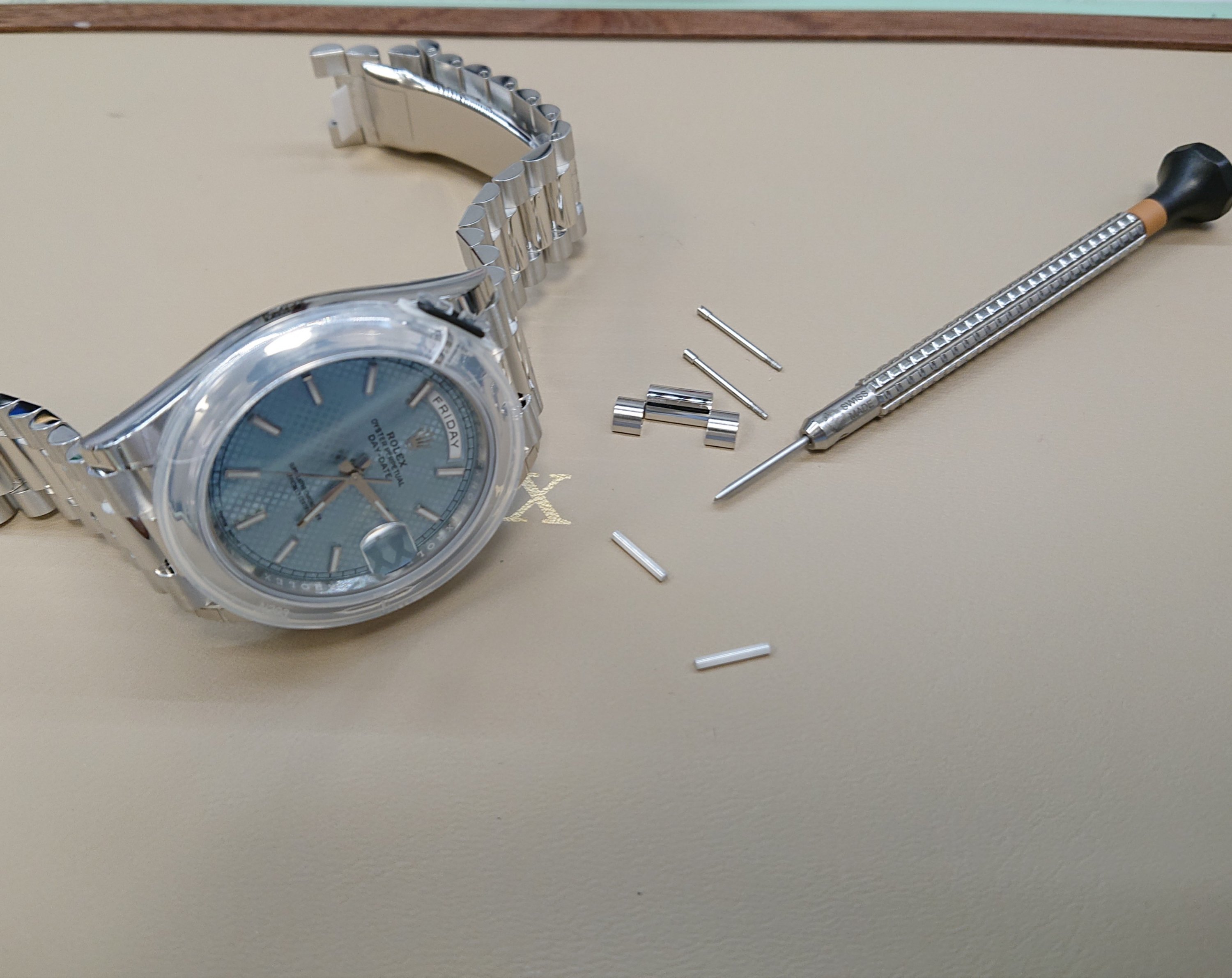


It´s all about Time



In the 80s there was a guy who owed me some money, 300 kronor by the way. He was out of cash so a trade was suggested. He offered me his watch to set off debt. It was a Seiko divers watch. I still own and use it from time to time among my other modern turtles like the SRP777K1 that still is in production. The movement is calibre 4R36 and in comparison to the old 6309 the 4R36 is a ”hacking” movement, with ability to stop the watch and second hand by pulling out the crown all the way. That gives you a possibility to synchronize the time to another time piece or time reference. The Srp777k1 is also 1mm larger than the old 6309 that measured 44 mm in diameter.
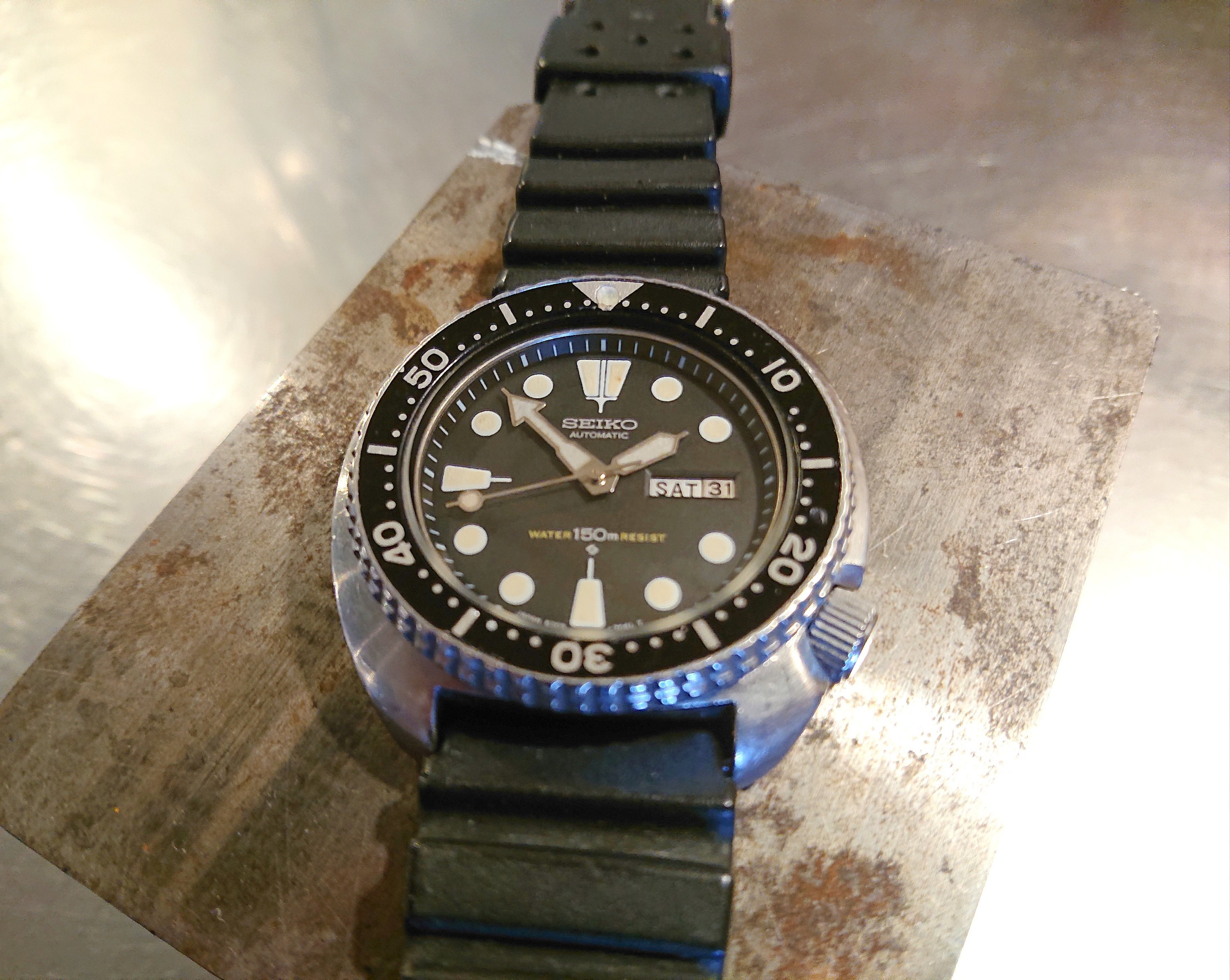

A time ago my old 6309 stopped working so I had to do a repair and because of the age a complete overhaul was needed as well.
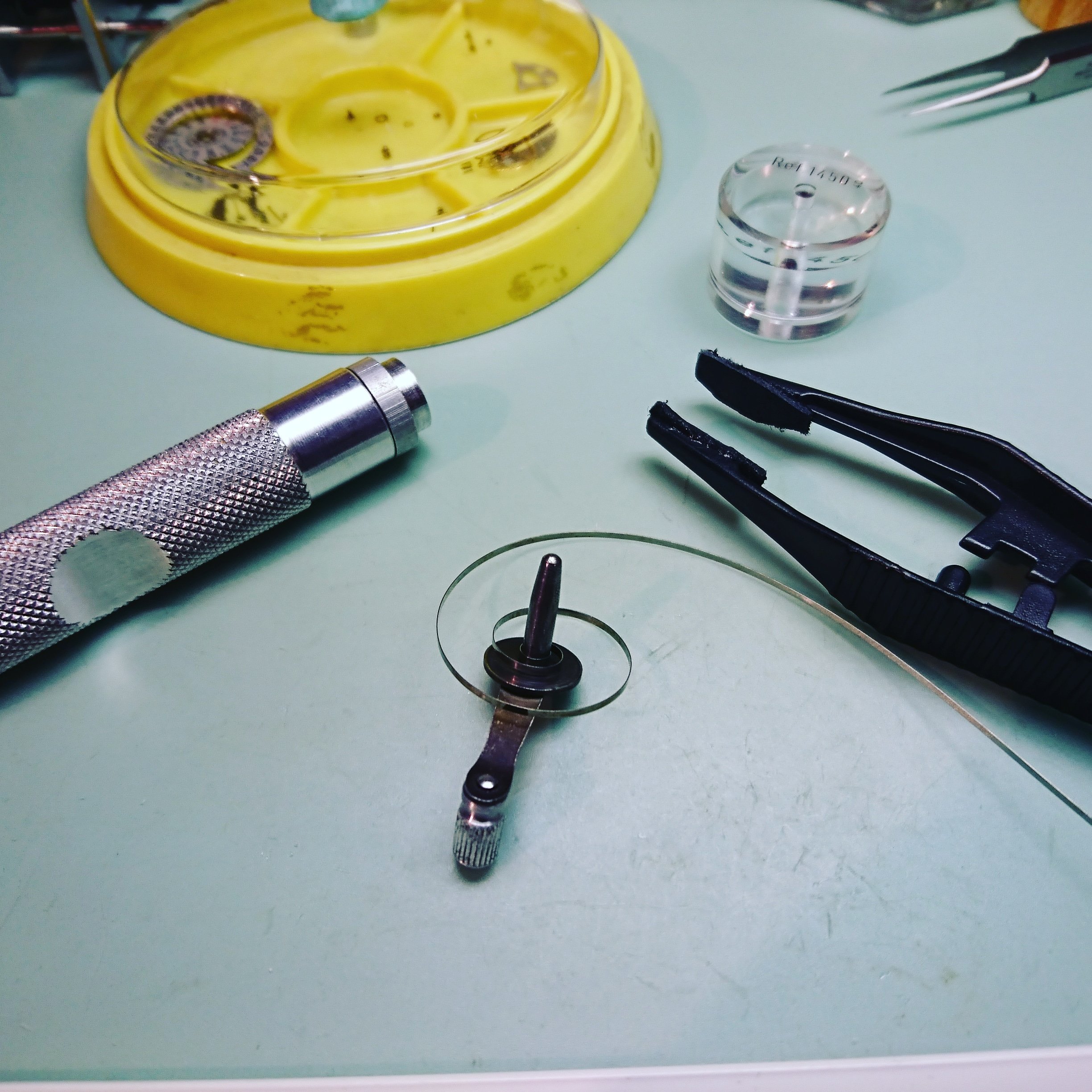



First of all a non working movement must be repaired and cleaned also of course. But if the issues are not found and fixed it won’t help how clean the movement is. Many people think that just cleaning a watch will make it work. Yes in many cases yes but if the movement is worn out or some part is broken it will not be enough to just clean it.





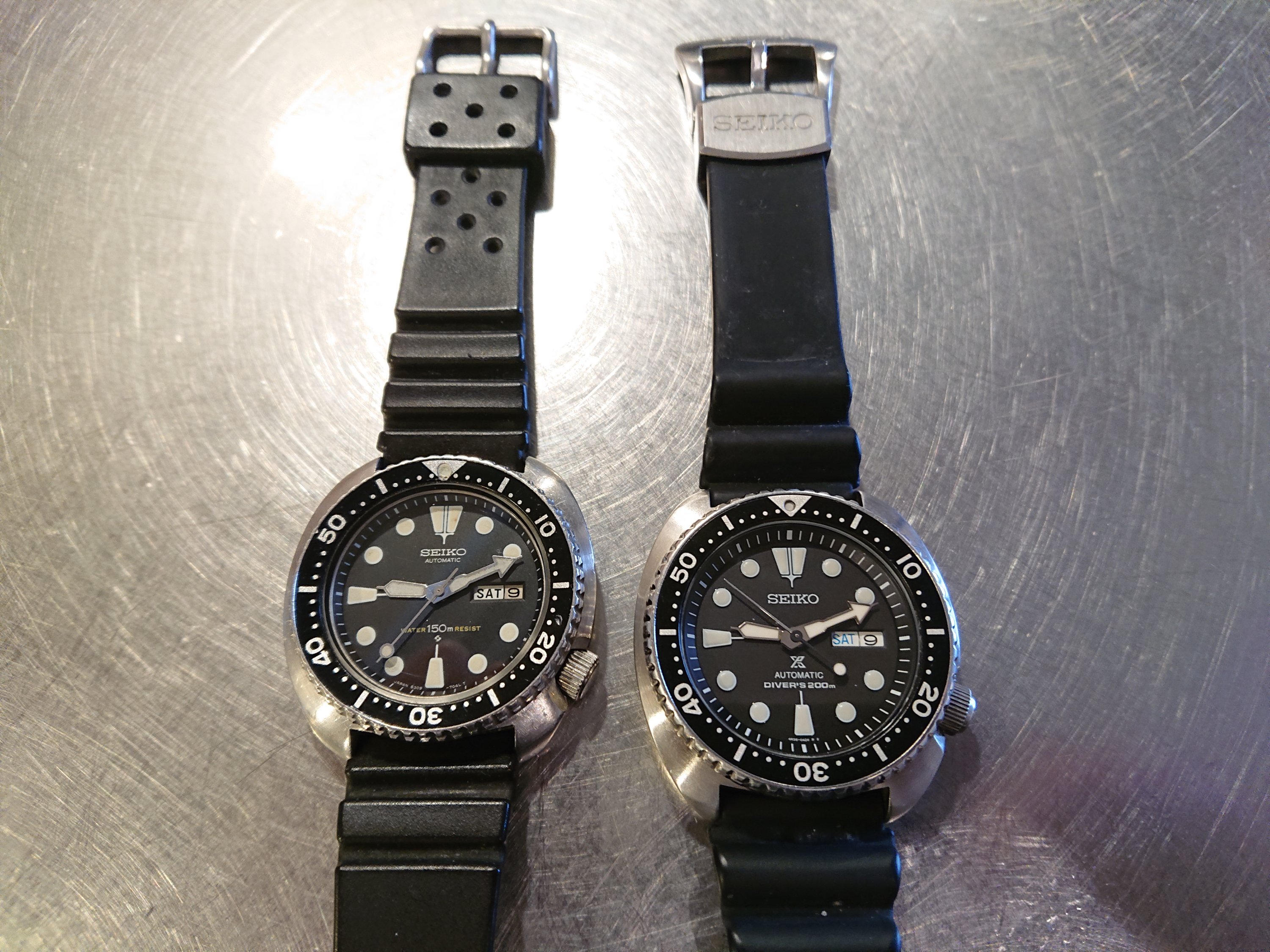
Back in the days when the first automatic watches were popular they were designed with a very small crown that was almost impossible to get a grip on. Also and especially in advertisements it was said that winding of a watch was not longer needed. It is modern times now. Seiko even rationalized away the possibility of winding their automatic watches. Nowadays the winding is introduced to Seiko´s new calibres like the 4R36. Also Jaeger-LeCoultre was back in the 50s very innovative with the Futurematic model and calibre 497. The Futurematic did not even had a conventional crown. It was replaced by a setting button on the back. You can read about it on my dedicated blog post here.
A mechanical automatic watch, does it need to be wound manually? Yes it needs that from time to time. There are days that you may spend a lot of time by the computer or having relax time in the couch and out on Netflix. That will not generate so much motion to the rotor or the oscillating weight inside of the watch. Therefore the mainspring will not be wound and resulting loss of power to the movement and your watch will not work properly. After a period of time it may even stop.
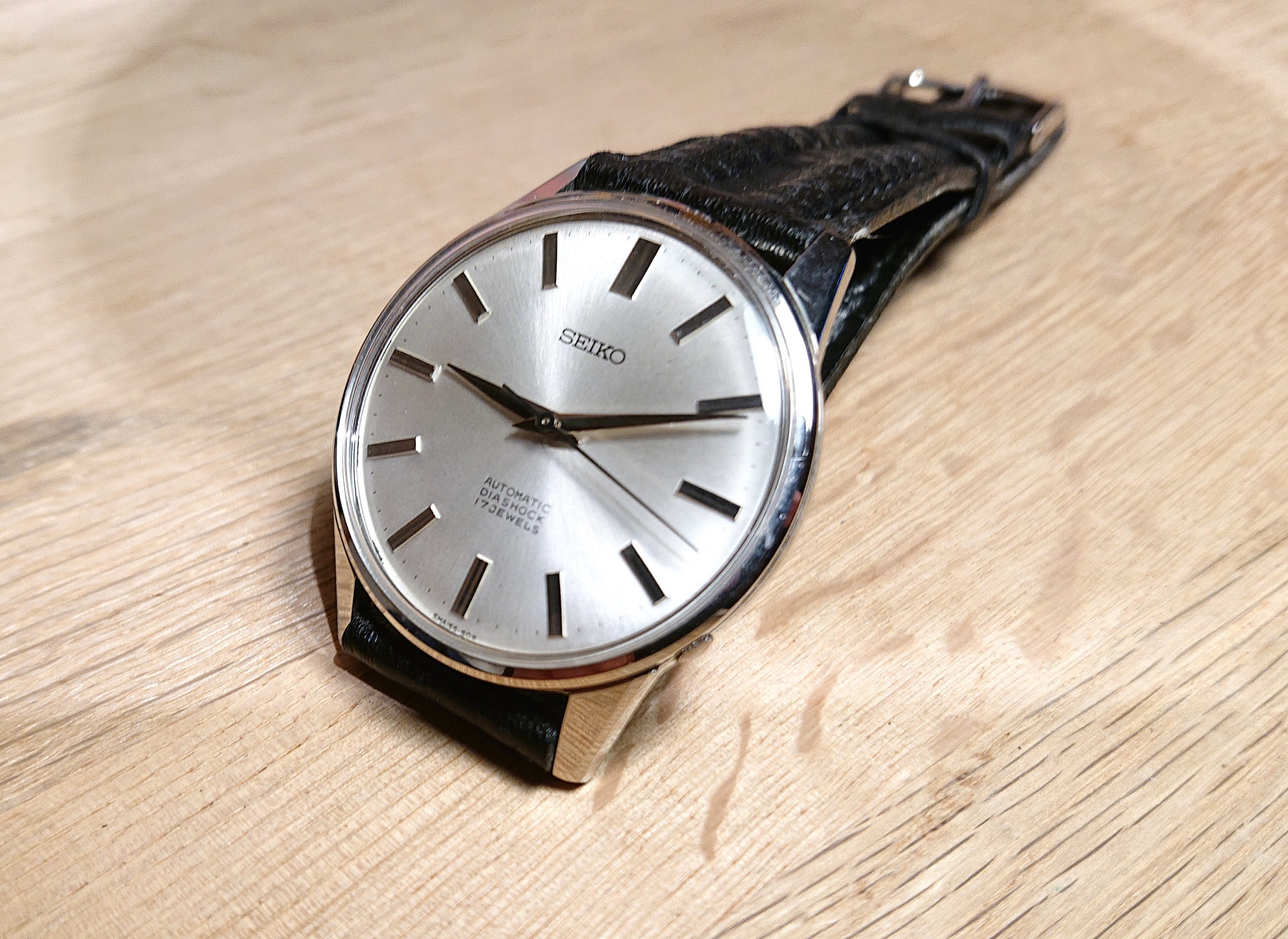
To wind or not to wind? That is the question…Yes you can, with advantage wind your watch manually when starting it up after a period of non working time and that is because to spare the rotor axle or ball bearing in the automatic device. Just wind carefully 10-20 times forward with the crown. You can never wind to much because the mainspring slides inside the barrel. If you have any notion of unusual resistance, so then you should stop winding immediately. This particular movement might have problems with the reversing wheels that are not releasing properly and causing resistance and friction problems on the winding mechanism. Sometimes you can also feel that the oscillating weight turns within the winding of the crown. That is absolutely not good. Pay a visit to your authorized watchmaker and he will help you out.